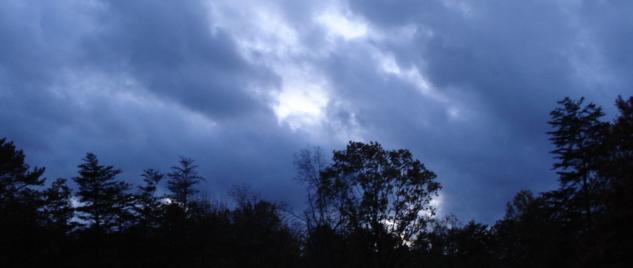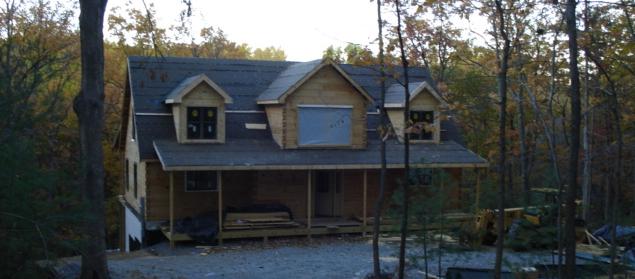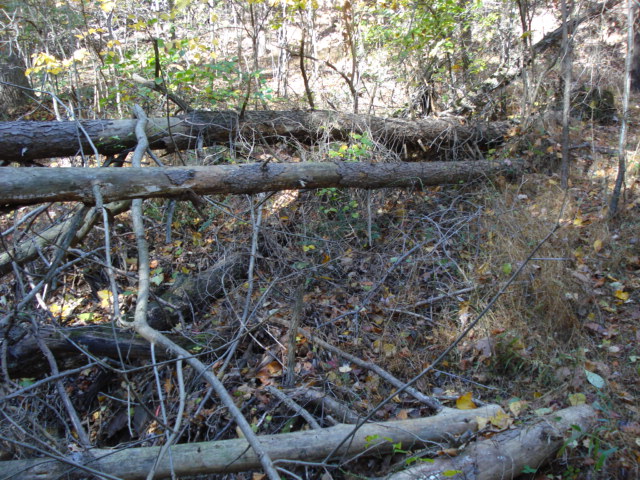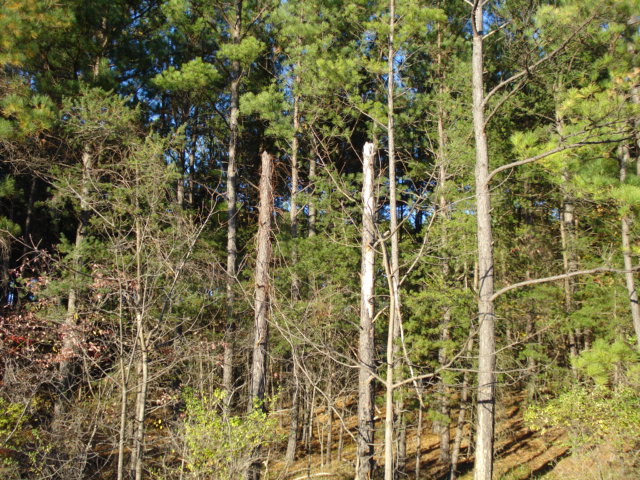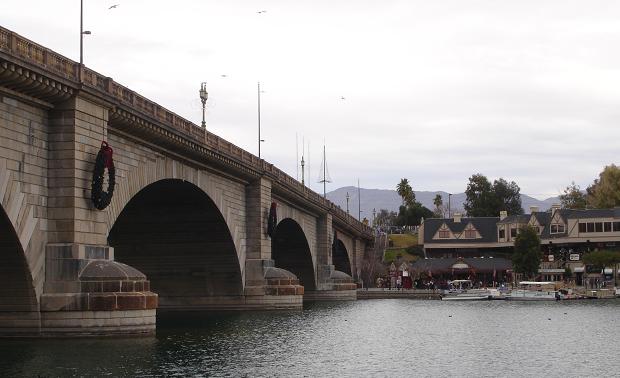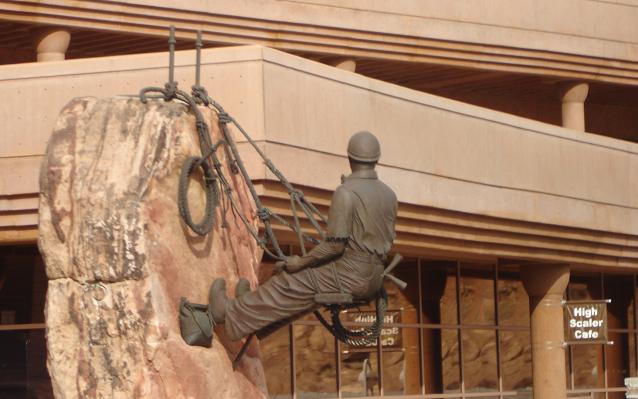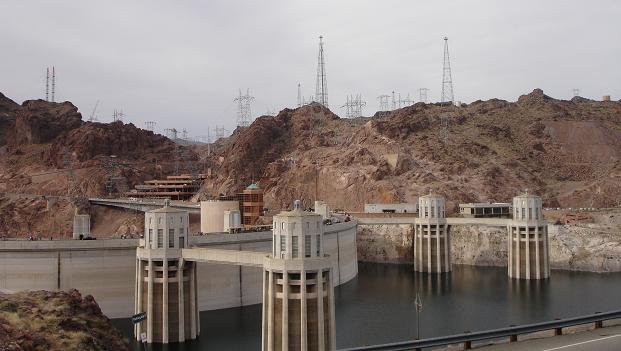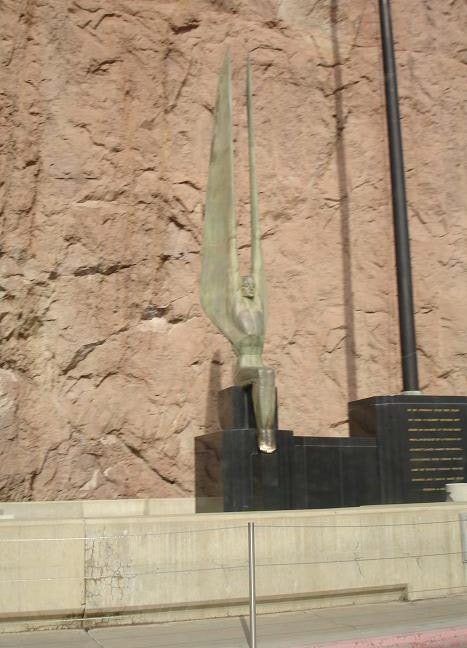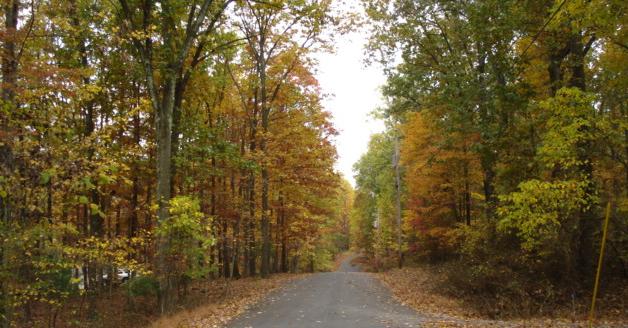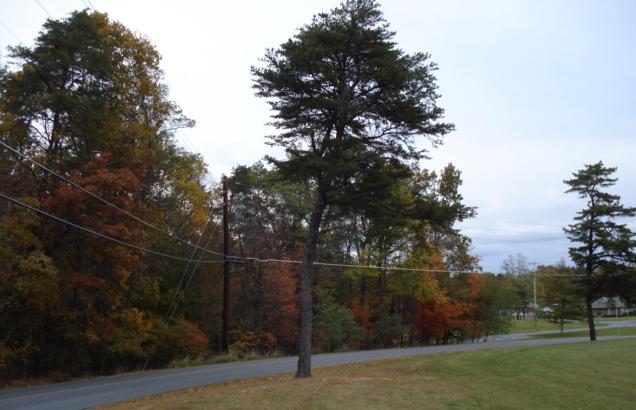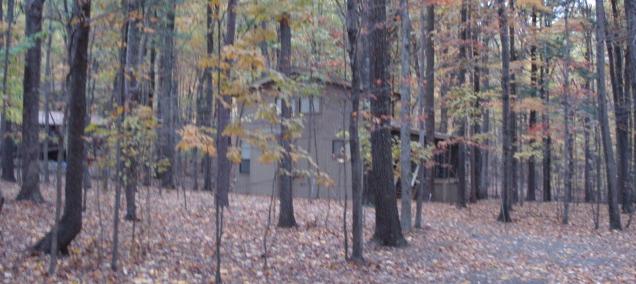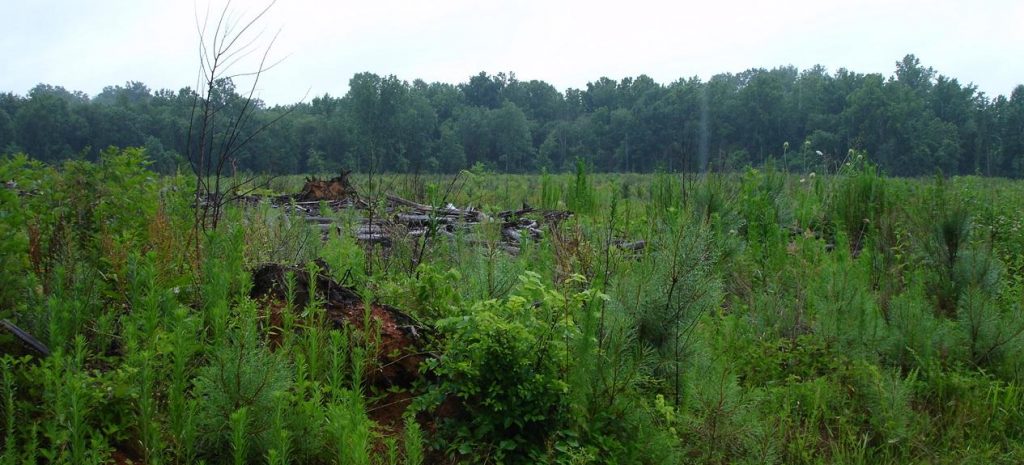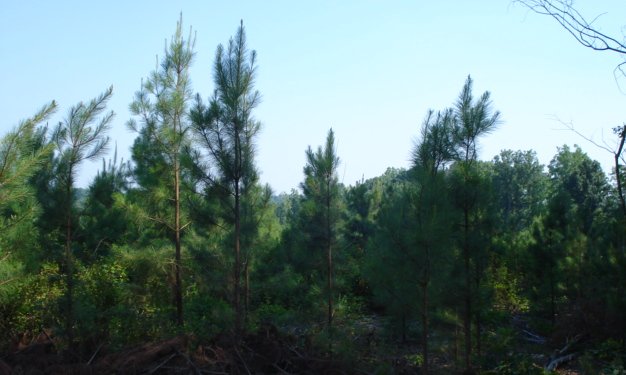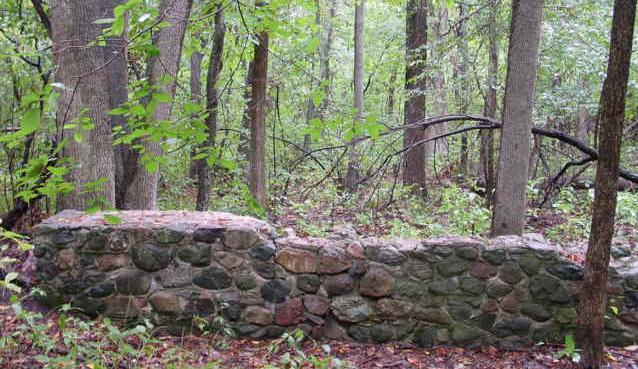The pictures are from a trip we made a couple years ago to Hoover Dam on the Colorado River. I don’t have any good pictures from today and I like to have pictures with my posts. The Hoover Dam was a heroic project. I thought it was an appropriate example of planning and leadership.
I don’t agree that leadership is something that can be learned equally well by anybody. Anybody can learn many of the leadership techniques and become better leaders, but I think a lot has to do with talents, temperament and personality tendencies. Some people can get better faster and move farther than others. An analogy would be Michael Jordan compared to me. I can play basketball and I could get better with practice, but I would be unable to get up to the professional level much less play like Michael Jordan. Of course, if he never saw a basketball before we played our first game of one-on-one maybe I could win, but I suspect it would be only a one time victory.
Of course, I have to modify my idea by saying that there are different types of leadership appropriate to different types of situations. I think this is the place where this seminar adds the most value. It has helped me think about leadership in different contexts. There are some situations where I think I would be a good leaders; others where I am less appropriate and some where I don’t want to lead at all.
Our morning session was devoted to discussing crucibles of leadership, hard situations that tested character. The question that occurred to me was whether hardship tests, builds or merely reveals character. As with most things, it is probably a combination. Great leaders require great tests. We forget about those that fail outright, so we have a bias toward believing that hardships build character, when they are in fact both a filter and a builder.
Most members of the class shared examples of their “crucibles”, times when they had to look deep into their characters and draw resources they didn’t think they had. I was impressed by my colleagues. One of the things I find most beneficial about these sorts of meeting is that it renews my confidence in my colleagues. None of us revealed a case where we failed and/or chose the less responsible or moral course. I didn’t either. It was too embarrassing, but we learn a lot more when we fail than when we succeed. The key to the crucible is not the events themselves, but what happens after. Suffering w/o learning is just suffering. It is not uplifting.
I thought about my own failures and lack of courage in some of the crucibles I didn’t share with my colleagues. That I still remember them and have thought about them indicates (I think) that I learned something from them. I am not going to talk about them here either, however.
We also talked a little re efficiency at work. At State we often put in too much “face time.” Maybe it could be more efficient to be at work less. I remember my telecommuters. I think that my response to telecommuting was a minor crucible of leadership for me. I learned a lot from it.
Below is something I wrote and widely distributed in August 2007 re telecommuting. I think it is still true today and I look forward to going back to IIP and seeing how things are working. I did not edit or update it.
Telework Best Practices
IIP/S is in the lead in managing and implementing telework. We allow the maximum of two days per week for telework. As I have been managing a staff that includes teleworkers for almost a year, I would like to share some observations. These might seem simple or obvious, but some of their management implications are profound. Teleworking is an important tool in any good management toolbox.
IIP/S work is well suited to teleworking
Much of IIP/S programming work involves communication with overseas posts, outside speakers and diverse sections of the Department and other USG organizations. In all these cases, the best (sometimes the only) medium of communication is electronic. Face-to-face interaction is required only for internal periodic meetings.
Teleworkers are productive
Soon after I started to direct IIP/S, I surveyed the productivity in my new section. What I found was that productivity, as measured by the number of programs done per person per year was higher among teleworkers and absenteeism was lower. I think that is because the ability to avoid a commute is helpful to people with responsibilities outside the ordinary workday and allows them to be flexible. For example, a parent who needs to take a child to the doctor perhaps can do it in two hours and take only two hours of SL. A non-teleworker might need to take off a whole 8 hour day to accomplish the same. I have found that teleworkers are also more flexible. This is especially important to IIP/S, since we are likely to have programs in process in time zones around the world. The sun never sets on IIP/S activities.
Telework is good for quick responses
In my experience, I can get a quicker and more complete answer from my staff when they are teleworking. Teleworkers have fewer distractions and can take the time to consider a surprise request. They can quickly access data and are, by definition, near their computers all the time. Quick online data retrieval allows them essentially the same access as they would have sitting in the office.
Telework improves morale
Even among those who do not telework, having the option is important. Allowing telework indicates that management trusts the employee to work outside physical supervision and that the employee is valued for his/her contribution, not mere presence.
Teleworking creates a more robust work organization
As I learned during the snow and ice storms this year, teleworking makes us largely immune to capriciousness of nature. Our teleworkers can continue to work unvexed by the frightful weather that throws physical commuters into the ditch. If SA 44 had to close down for any reason, IIP/S could continue its functions almost without interruption. We not only have the installed capacity to work remotely, we also have developed the management structures, habits and culture to make it work.
The environment benefits
This is a larger issue that makes a difference to me. Although it does not directly impact our organization, it is important that State is in the teleworking game as local members of congress have mandates that government offices encourage teleworking. Teleworking takes people off the roads for at least a few days. It eliminates the need for miles of commuting, lessening pollution and traffic congestion. Next time you are stuck on 495, consider that telecommuting might mitigate this.
Downsides of teleworking
Managing an operation with significant numbers of teleworkers requires a higher level of management skill. Managers need to consider schedules of work and when teams can best be assembled and be able to motivate a workforce they sometimes cannot see (and it is sometimes less fun to “boss” over an online connection). Mangers also have a higher responsibility to monitor teleworking to prevent abuse. The downsides are easily manageable, IMO, while the benefits to morale, productivity and the environment more than make up for them.
Final thoughts on teleworking
In conclusion, I would say that teleworking in IIP/S’s first year of operation has been a great success. We have found that allowing the maximum of two telework days per week has worked out wonderfully. IIP/S office director and divisions chiefs closely monitor telework schedules to ensure that each office is “manned” during regular working hours and all IIP/S staff must work on Tuesdays, which is our face-to-face meeting day. Telework clearly does not function well in all situations, but based on our success, I would recommend that others expand their use of telework when possible. It is good for morale, good for productivity, family friendly and environmentally beneficial. It is worth the effort.

